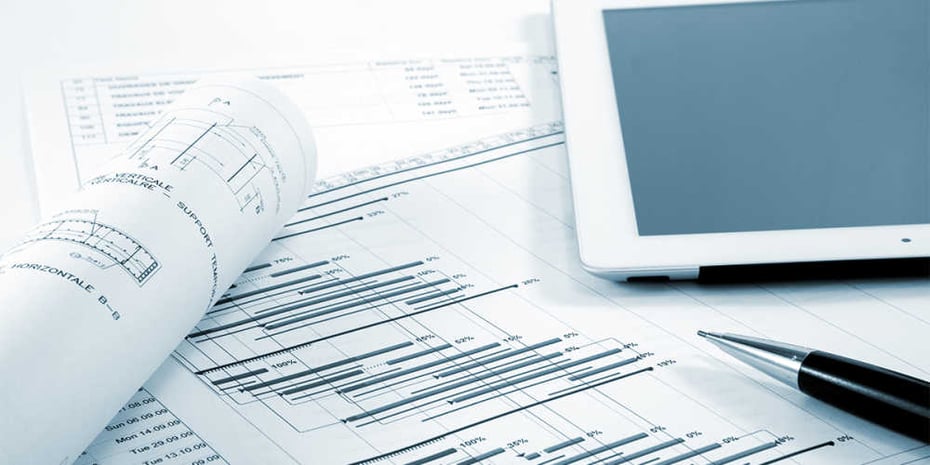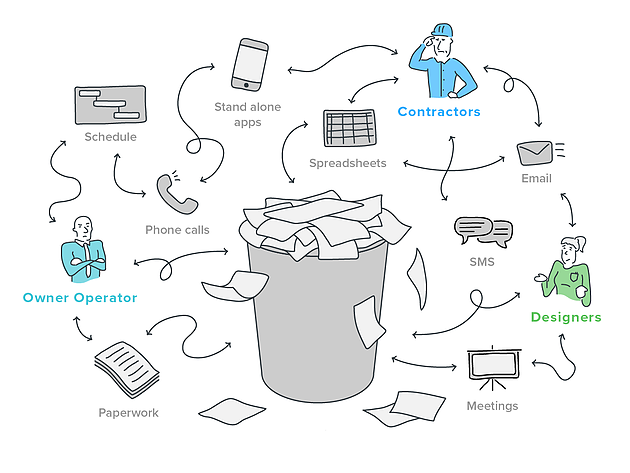Protect Your Success: Construction Document Management Methods for Professionals
Protect Your Success: Construction Document Management Methods for Professionals
Blog Article
Optimizing Job Collaboration: Engineer's Best Practices in Building Paper Administration
In the elaborate realm of architectural jobs, the efficient monitoring of building and construction papers stands as a foundation for success. Amidst this intricacy lies an important question: how can engineers improve partnership procedures to improve project results?
Leveraging Cloud-Based Platforms
Leveraging cloud-based systems is a basic technique for contemporary engineers in enhancing building paper administration processes. By transitioning from typical paper-based systems to shadow solutions, designers can simplify collaboration, enhance file access, and enhance overall project effectiveness. Cloud-based platforms use designers the ability to shop, share, and update construction papers in real-time, guaranteeing that all staff member have access to one of the most existing info despite their area. This ease of access promotes seamless communication and coordination amongst job stakeholders, resulting in less mistakes and hold-ups in the building and construction process.
Moreover, cloud-based systems give a protected setting for storing sensitive job details, using file encryption, regular backups, and user approval settings to secure data honesty. Architects can additionally gain from the scalability of cloud solutions, permitting them to change storage space capacity and functionality based on job needs. Overall, leveraging cloud-based systems equips architects to maximize their building and construction document administration procedures, driving greater cooperation, effectiveness, and success in their jobs.
Applying Version Control Solution
Having actually established the benefits of cloud-based platforms in construction record management, engineers can currently boost their file control processes by applying Version Control Solution. Version Control Systems (VCS) are essential tools that track adjustments in files, ensuring that team members are constantly collaborating with the most recent and most exact details. By carrying out VCS, designers can preserve a centralized database where all job records are saved, allowing seamless collaboration while lessening the risk of errors and version conflicts.
One secret advantage of Version Control Solution is the capability to track the complete background of record changes, allowing customers to return to previous versions if needed (construction document management). This attribute is particularly valuable in building projects where style versions and adjustments are usual. VCS helps with better interaction among team participants by providing a clear audit route of that made certain modifications and when they were made. This openness not just enhances responsibility however likewise helps in fixing disputes or inconsistencies that may develop throughout the job lifecycle.
Establishing Communication Protocols
To guarantee effective and effective task coordination, architects should establish clear and durable interaction protocols within find out here now their construction paper monitoring procedures. This platform might be a project administration software program, e-mail strings, or cloud-based storage space remedies.
Moreover, communication protocols should also include standards on just how to handle conflicts, change orders, and immediate issues that may emerge during the job lifecycle. Establishing an organized strategy to communication ensures that all stakeholders are on the exact same web page, promotes openness, and eventually adds to the effective conclusion of the building task.
Making Use Of BIM Software for Sychronisation
BIM software application plays a crucial function in boosting sychronisation among project staff member in the construction industry. Building Information Modeling (BIM) helps with partnership by offering a centralized system where engineers, engineers, specialists, and other stakeholders his response can function together in a collaborated way. With BIM software application, job individuals can access and update a shared version that has in-depth info about the building layout, building elements, and task timetables.

Moreover, BIM software enables real-time partnership and interaction amongst staff member, despite their physical place. Via cloud-based BIM platforms, task stakeholders can access the most up to date project details, track changes, and make educated choices without delay. Generally, leveraging BIM software program for sychronisation boosts task performance, productivity, and eventually leads to successful job outcomes.
Ensuring Data Security and Compliance
In the world of building record administration, protecting information honesty and making sure regulative compliance Recommended Site are extremely important factors to consider for engineers and various other job stakeholders. Designers must execute robust safety and security procedures to shield sensitive project info from unapproved access or breaches.

Conclusion
In conclusion, architects can enhance project cooperation in building record monitoring by leveraging cloud-based systems, implementing variation control systems, establishing communication methods, making use of BIM software application for sychronisation, and guaranteeing information safety and compliance. These ideal techniques aid enhance the building and construction procedure, boost interaction amongst job stakeholders, and improve effectiveness in job distribution. By complying with these standards, designers can successfully handle building papers and facilitate successful job results.
With BIM software application, project participants can access and update a shared model that contains thorough information concerning the building design, building and construction components, and project timetables.
With cloud-based BIM systems, project stakeholders can access the most current project details, track adjustments, and make notified decisions promptly - construction document management. Generally, leveraging BIM software for coordination boosts task performance, productivity, and inevitably leads to successful task outcomes
In conclusion, designers can enhance task partnership in building document administration by leveraging cloud-based platforms, executing variation control systems, establishing communication protocols, using BIM software for coordination, and making certain information safety and security and compliance. These best practices assist streamline the building process, enhance communication amongst job stakeholders, and improve efficiency in task distribution.
Report this page